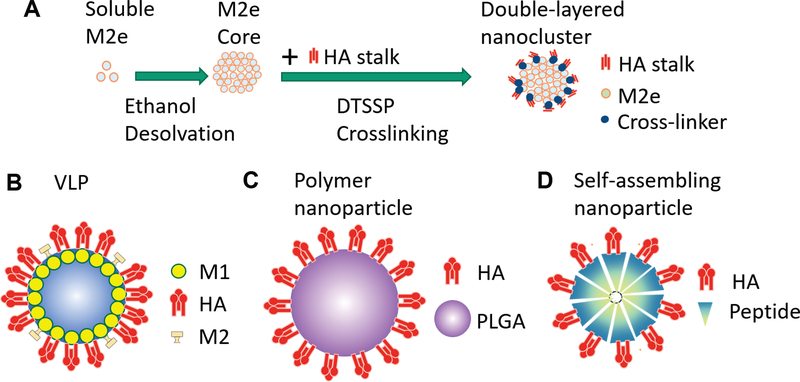Fig.1. Four types of influenza nanoparticles.
A, Schematic diagram of double-layered protein nanoparticle generation. Soluble M2e fusion proteins are assembled into a nanoparticle (core) by ethanol desolvation. HA stalk antigens are coated on the surfaces of the core by DTSSP crosslinking. B, VLP: The antigen cDNA (HA, NA, M2) with M1 encoding genes in expression vectors are transfected into host cells. Host cells produce VLPs by budding. C, Polymer-based nanoparticle. Antigen like HA is adsorbed on the surface of PLGA. D, Self-assembling nanoparticle. Self-assembling fusion proteins which combine antigens like HA or M2e with a self-assembling sequence assemble into the nanoparticle spontaneously.

